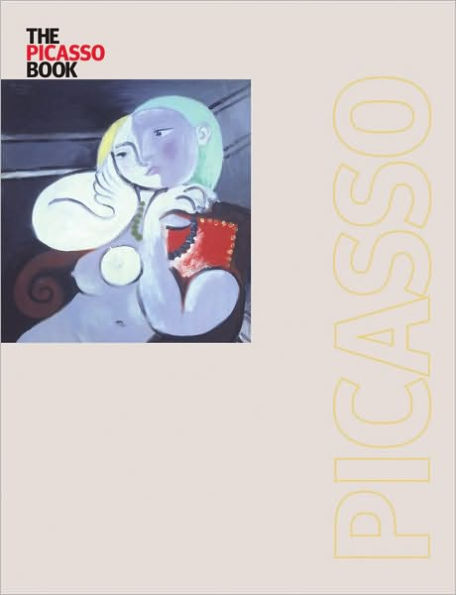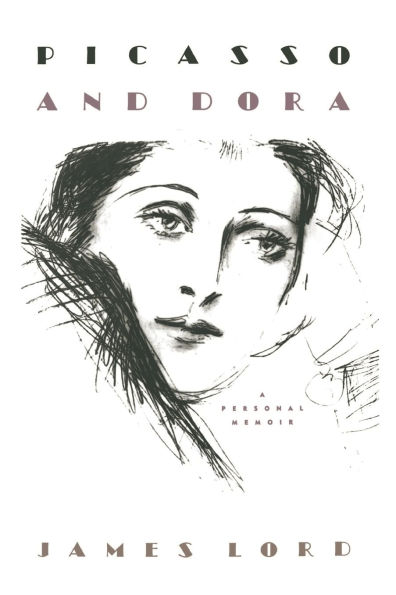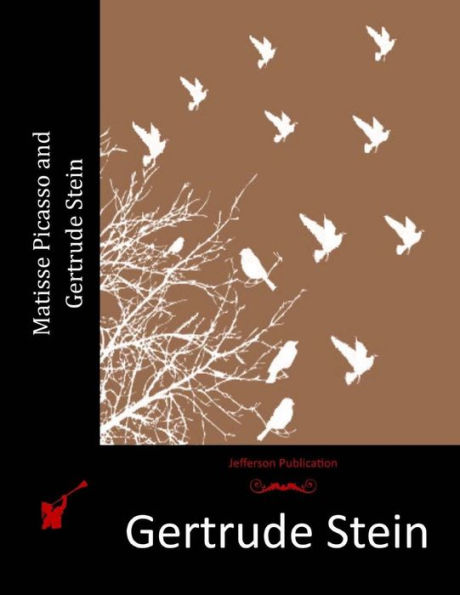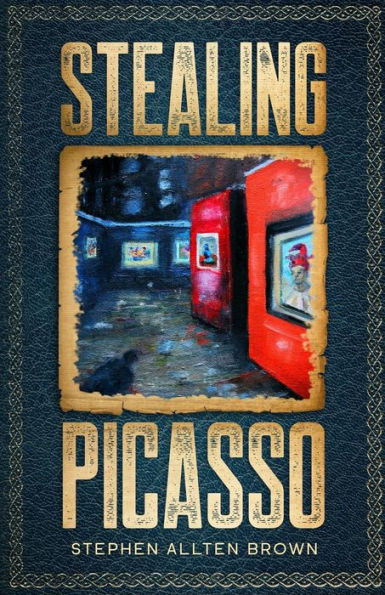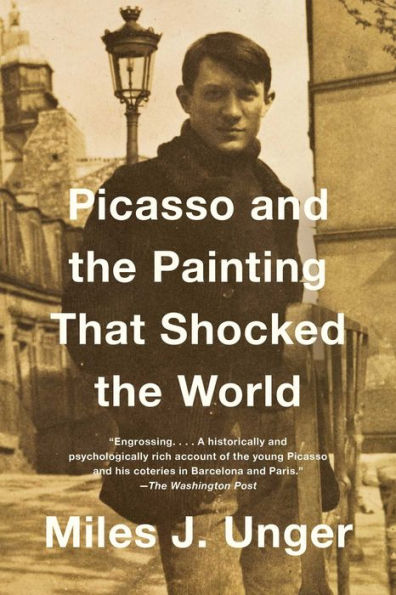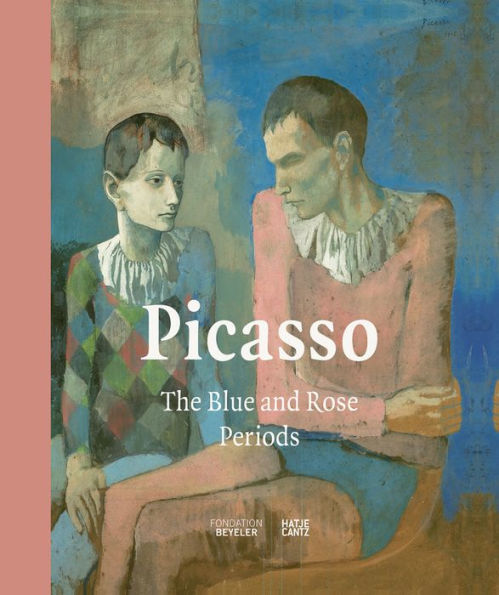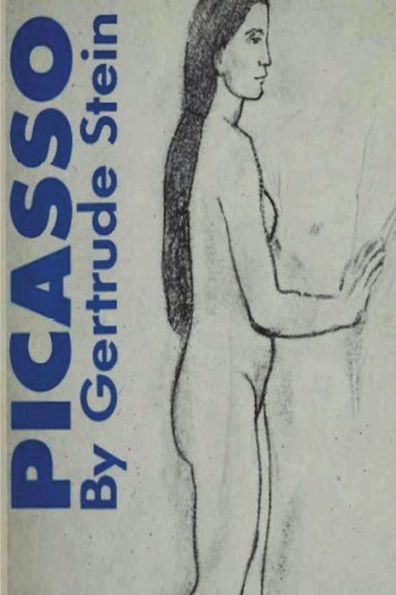Home
Balls to Picasso
Barnes and Noble
Balls to Picasso
Current price: $16.99
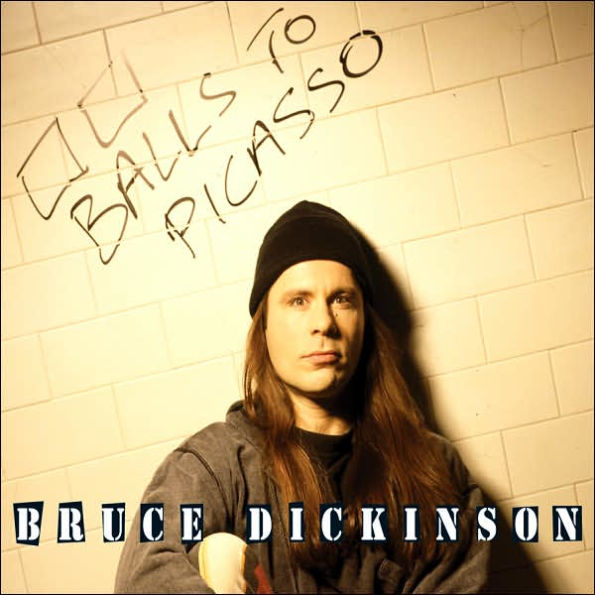

Barnes and Noble
Balls to Picasso
Current price: $16.99
Size: OS
Loading Inventory...
*Product information may vary - to confirm product availability, pricing, shipping and return information please contact Barnes and Noble
Immediately following his departure from
metal
legends
Iron Maiden
, singer and jack of all trades
Bruce Dickinson
signed a new deal stateside to
Mercury Records
and went to work on his second solo effort. Notwithstanding some dreadful artwork, his
Polygram
debut,
Balls to Picasso
, is somewhat of a disappointment and, for the most part, an ill-conceived project. Eager to get away from the classic galloping we'll-march-to-the-war
Maiden
sound, the singer joins forces with a band by the name of
Tribe of Gypsies
. The band (which managed to generate quite a buzz on its own but alas never found a home for itself) features
Roy Z
,
Dickinson
's chief collaborator/songwriting partner for this album.
Eddie
jokes aside, if
wanted to get away from the classic
sound, he sure does a good job on this album. Unfortunately, the singer fails to come up with anything truly groundbreaking or even interesting here (save for the album closer,
"Tears of a Dragon"
).
gets underway with the messy, seven-minute
"Cyclops."
Following it is
"Hell No,"
which, again, makes a valid argument for the singer's newfound musical freedom and prerogative to shun a sound that he once helped create. Not only is
"Hell No"
not
Maiden-ish
at all, it gives way to the ueber-heavy, down-tuned rumblings of
"Gods of War"
-- which takes flight like some sort of ode to
Pantera
gone
New Wave of British Heavy Metal
. The end result? Nothing substantial. Maybe a good idea on paper but definitely lost somewhere along the way in the execution. Moving forward,
"1000 Points of Light"
is another faux pas. Nicking its main riff from, of all places,
Living Colour
's
"Cult of Personality,"
the cut erupts into a bizarre
Queensryche
-meets-
Prong
chorus and bridge that leave one scratching his or her head. Only
's strong vocal delivery manages to salvage the song from being a complete disaster. Other cuts like
"Laughing in the Hiding Bush"
and the soft
"Change of Heart"
fare a little better. Bongos give way to the lyrically challenged
"Shoot all the Clowns,"
which, stunningly, comes across like some sort of bad L.A.
hair metal
experiment meets
"Welcome to the Jungle."
"Fire,"
a strange stream-of-consciousness warble, gives way to a classic
-type chorus. Just when you thought all was lost, surprise of all surprises, the album closes with the absolutely magnificent
"Tears of a Dragon."
Maybe it's the cut's familiar
aesthetic, or perhaps it's
's wonderful vocal delivery. Who really knows. But what is known is that it's by far the album's best song. Superficially, it threads typical
territory. However, upon closer inspection, it's obvious that with lyrics like "where I was, I had wings that couldn't fly," there's no love lost between the singer and his former bandmates. It's clear that the singer makes a clear open and shut case for his need to "release the wave and let it wash over me" as he sings about unburdening himself from the artistically stifling direction of his previous outfit. Looking back, the singer made very few new friends with this release and would go on to record far superior solo records like
Accident of Birth
and
The Chemical Wedding
. These last two records in particular would see the singer receive worldwide press accolades and a warm reception from some old-school
fans. Again, deservedly and predictably, the album's closer, which musically veers into familiar
territory, is probably what the singer's fans expected all along. Also worth noting, the musical direction of the aforementioned track would be later revisited six years down the road -- it would foreshadow a direction that the
-reunited
would take on some of
Brave New World
's more introspective songs. ~ John Franck
metal
legends
Iron Maiden
, singer and jack of all trades
Bruce Dickinson
signed a new deal stateside to
Mercury Records
and went to work on his second solo effort. Notwithstanding some dreadful artwork, his
Polygram
debut,
Balls to Picasso
, is somewhat of a disappointment and, for the most part, an ill-conceived project. Eager to get away from the classic galloping we'll-march-to-the-war
Maiden
sound, the singer joins forces with a band by the name of
Tribe of Gypsies
. The band (which managed to generate quite a buzz on its own but alas never found a home for itself) features
Roy Z
,
Dickinson
's chief collaborator/songwriting partner for this album.
Eddie
jokes aside, if
wanted to get away from the classic
sound, he sure does a good job on this album. Unfortunately, the singer fails to come up with anything truly groundbreaking or even interesting here (save for the album closer,
"Tears of a Dragon"
).
gets underway with the messy, seven-minute
"Cyclops."
Following it is
"Hell No,"
which, again, makes a valid argument for the singer's newfound musical freedom and prerogative to shun a sound that he once helped create. Not only is
"Hell No"
not
Maiden-ish
at all, it gives way to the ueber-heavy, down-tuned rumblings of
"Gods of War"
-- which takes flight like some sort of ode to
Pantera
gone
New Wave of British Heavy Metal
. The end result? Nothing substantial. Maybe a good idea on paper but definitely lost somewhere along the way in the execution. Moving forward,
"1000 Points of Light"
is another faux pas. Nicking its main riff from, of all places,
Living Colour
's
"Cult of Personality,"
the cut erupts into a bizarre
Queensryche
-meets-
Prong
chorus and bridge that leave one scratching his or her head. Only
's strong vocal delivery manages to salvage the song from being a complete disaster. Other cuts like
"Laughing in the Hiding Bush"
and the soft
"Change of Heart"
fare a little better. Bongos give way to the lyrically challenged
"Shoot all the Clowns,"
which, stunningly, comes across like some sort of bad L.A.
hair metal
experiment meets
"Welcome to the Jungle."
"Fire,"
a strange stream-of-consciousness warble, gives way to a classic
-type chorus. Just when you thought all was lost, surprise of all surprises, the album closes with the absolutely magnificent
"Tears of a Dragon."
Maybe it's the cut's familiar
aesthetic, or perhaps it's
's wonderful vocal delivery. Who really knows. But what is known is that it's by far the album's best song. Superficially, it threads typical
territory. However, upon closer inspection, it's obvious that with lyrics like "where I was, I had wings that couldn't fly," there's no love lost between the singer and his former bandmates. It's clear that the singer makes a clear open and shut case for his need to "release the wave and let it wash over me" as he sings about unburdening himself from the artistically stifling direction of his previous outfit. Looking back, the singer made very few new friends with this release and would go on to record far superior solo records like
Accident of Birth
and
The Chemical Wedding
. These last two records in particular would see the singer receive worldwide press accolades and a warm reception from some old-school
fans. Again, deservedly and predictably, the album's closer, which musically veers into familiar
territory, is probably what the singer's fans expected all along. Also worth noting, the musical direction of the aforementioned track would be later revisited six years down the road -- it would foreshadow a direction that the
-reunited
would take on some of
Brave New World
's more introspective songs. ~ John Franck

